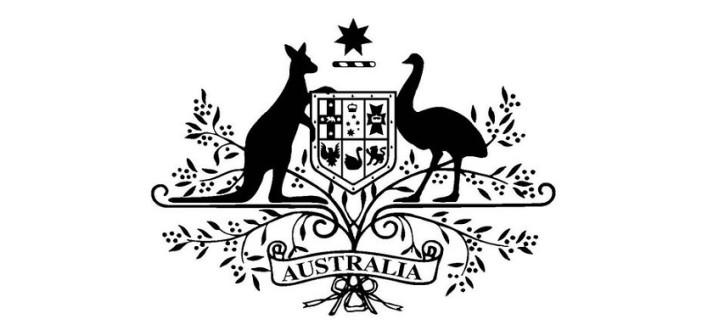
New Coalition Government grants totalling $8 million will help partnerships between Australian research organisations and businesses to team up with international partners and commercialise research, creating new opportunities and jobs.
Minister for Industry, Science and Technology Karen Andrews has launched the second round of the Australian Government’s Global Innovation Linkages (GIL) program and encouraged research organisations and local businesses to work together and apply.
“This program is about creating new opportunities, helping our researchers and business to commercialise ideas, and delivering results for local communities,” Minister Andrews said.
“Individual grants of up to $1 million, over a maximum of four years, will be provided as seed funding to partnerships of local businesses and research organisations to team up with other experts overseas to develop high quality products, services or processes.
“Encouraging this sort of cooperation between business and researchers helps drive business growth and the creation of high quality jobs.
“These grants are part of this Government’s strong agenda to back business investment and grow more jobs in Australia.”
Each application needs to include a business, research organisation and a global partner.
The first round of grants in 2017 provided more than $8.6 million for nine innovative projects. These included:
- Victorian-based MBD Energy Limited was granted more than $850,000 to work with James Cook University in Queensland and its shrimp industry partners in Vietnam to create technology to improve water quality and aquaculture sustainability. Early analysis of water samples shows promising results.Significant steps have also been made towards developing the company’s algae technology as a food source.
- A project led by the University of Newcastle was awarded a $1 million grant to help test a refined mineral processing technology, the Reflux Flotation Cell, which is designed to process materials five to ten times quicker than current technologies. The University and its United States partner have already completed a design for the cell.
- Victorian-based company Grey Innovation received $890,000 to work with its German partners to help with the trial of a sensing device to assist in earlier diagnosis and monitoring of Alzheimer’s disease. So far, Grey Innovation has provided the University of Rostock with 15 refurbished wearable devices for testing. A total of 22 new and fully functioning wearable devices have been designed and assembled.
- The Botanical Gardens and Parks Authority from Western Australia received over $974,000 for a project with US partners to employ improved methods in the rehabilitation of mine sites. Initial experiments have shown promising results. A target list of 44 species has been developed from a wide range of Pilbara flora.
“I look forward to the continuing development of these projects from the first round of GIL funding and to the emergence of exciting new projects in the second round,” Minister Andrews said.
The GIL program has been widened since the first round to allow constructive engagement with partners from any country. The grant amount needs to be matched by the project partners.
The program is an initiative under the Global Innovation Strategy which is part of the Coalition Government’s $1.1 billion National Innovation and Science Agenda.
For more information on the GIL program, including first round funding recipients, visit www.business.gov.au/GIL






